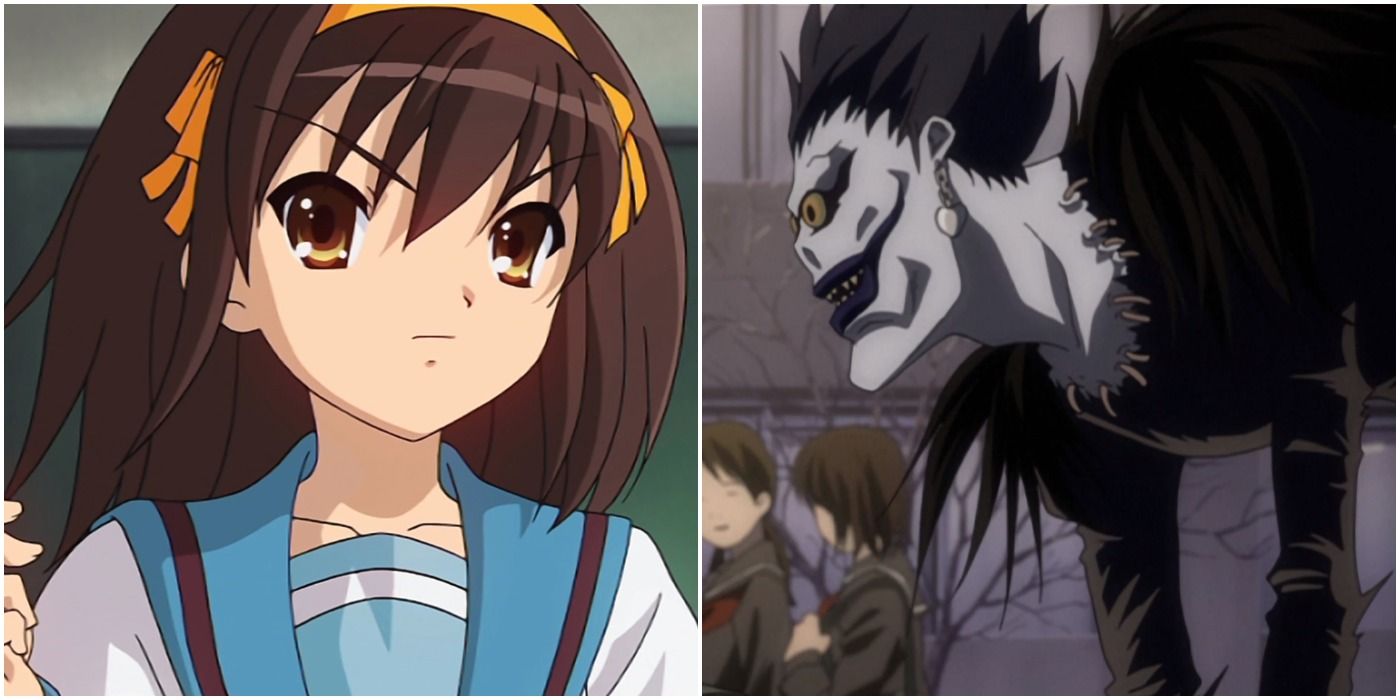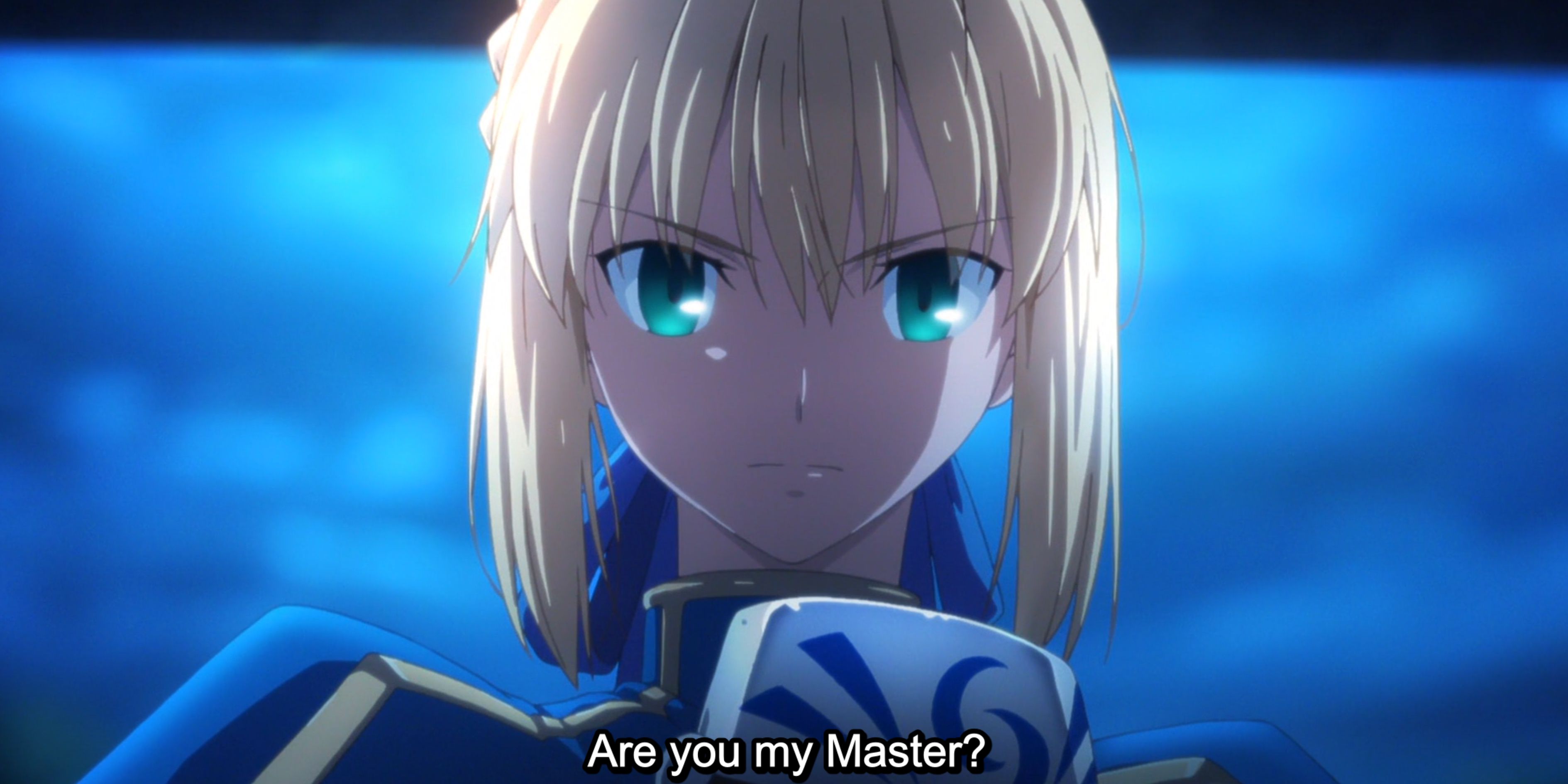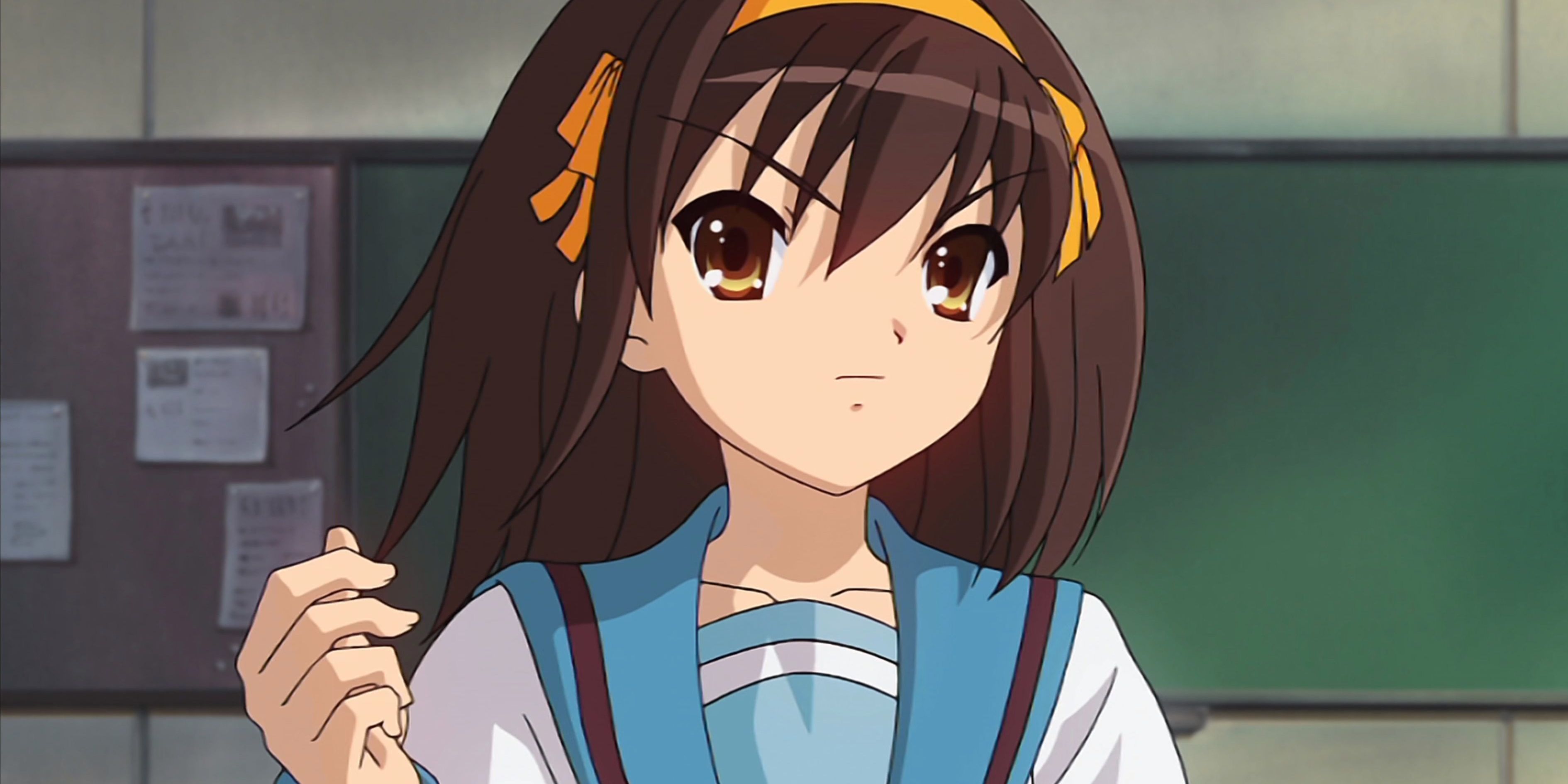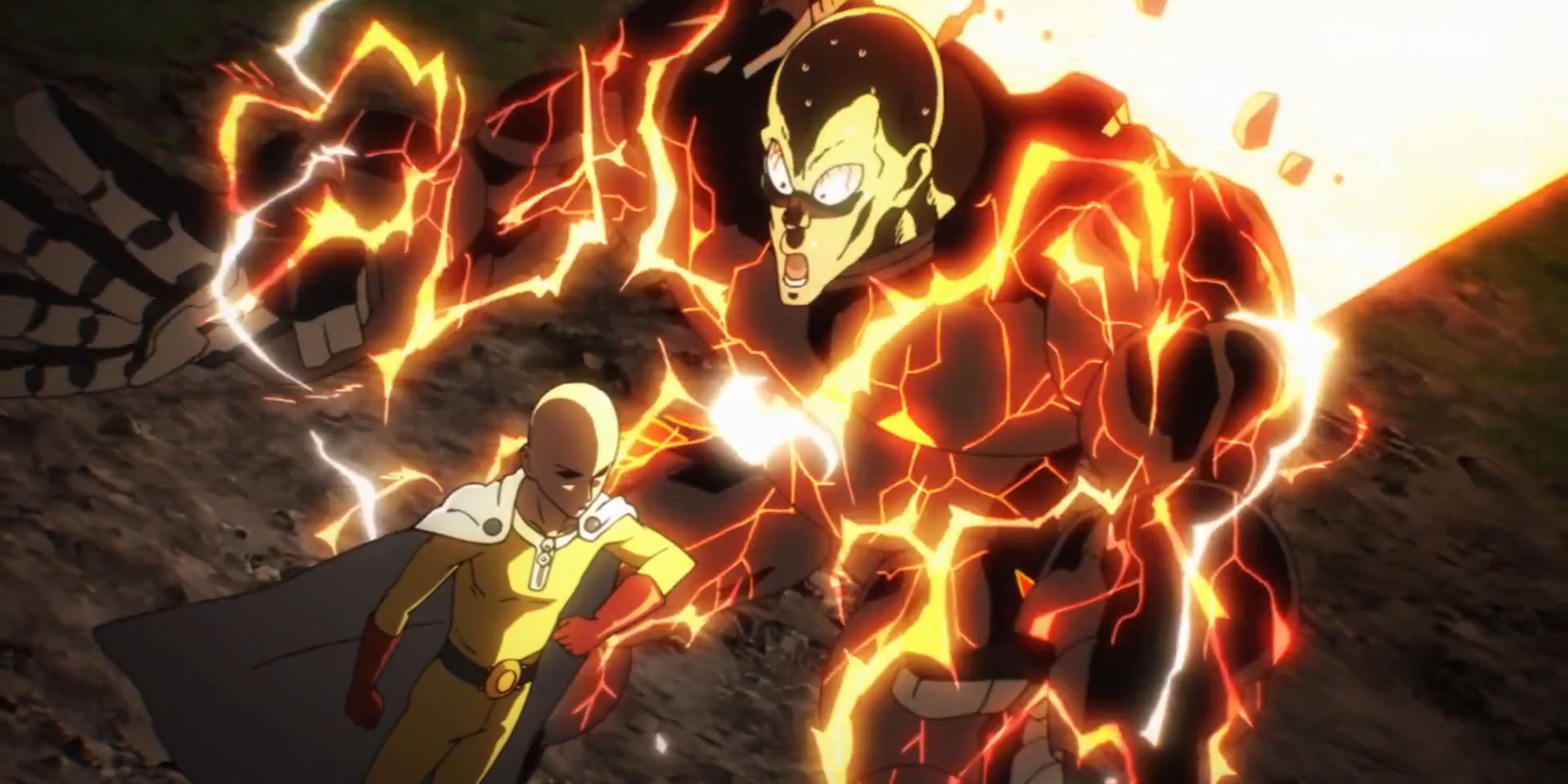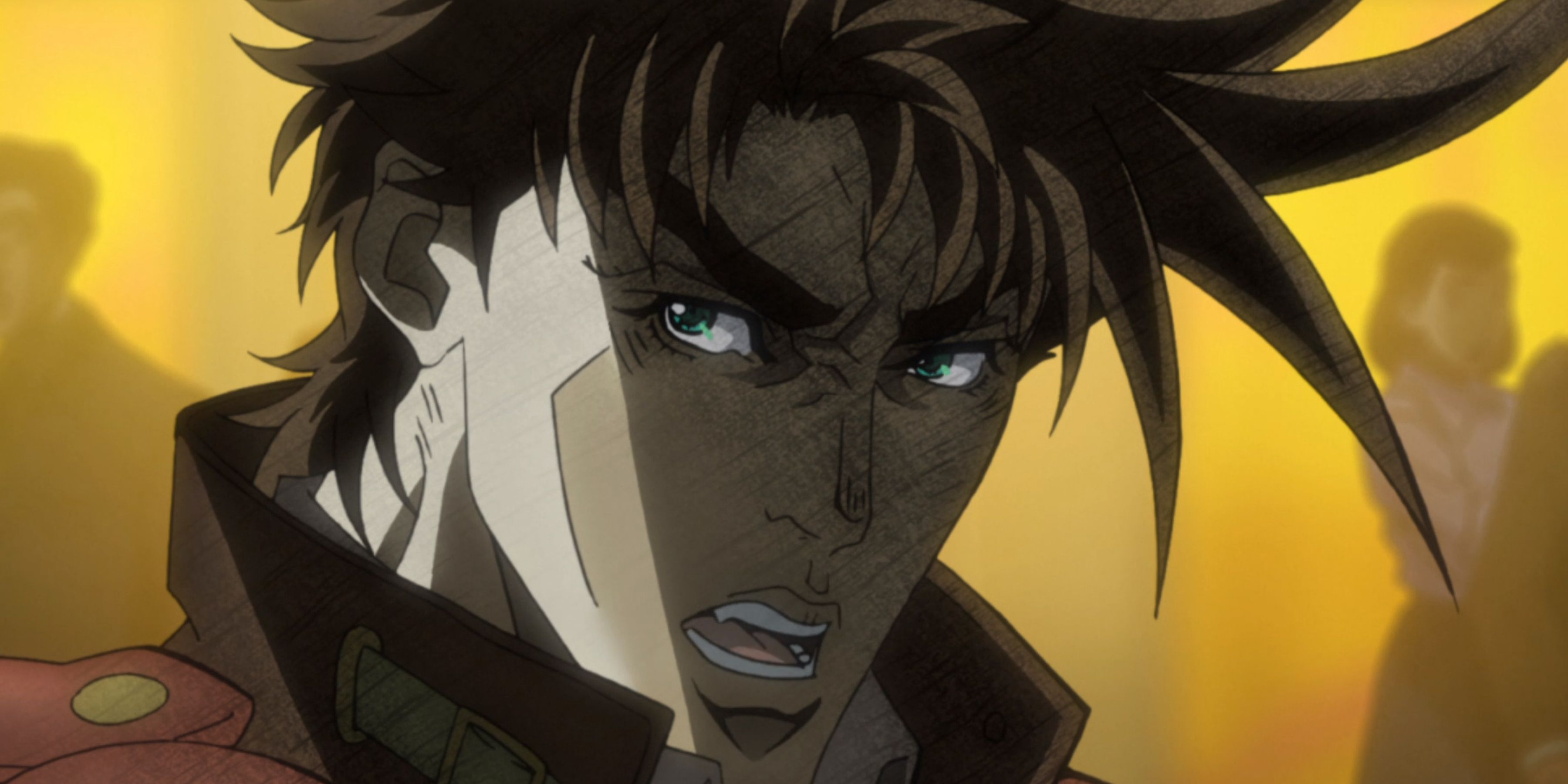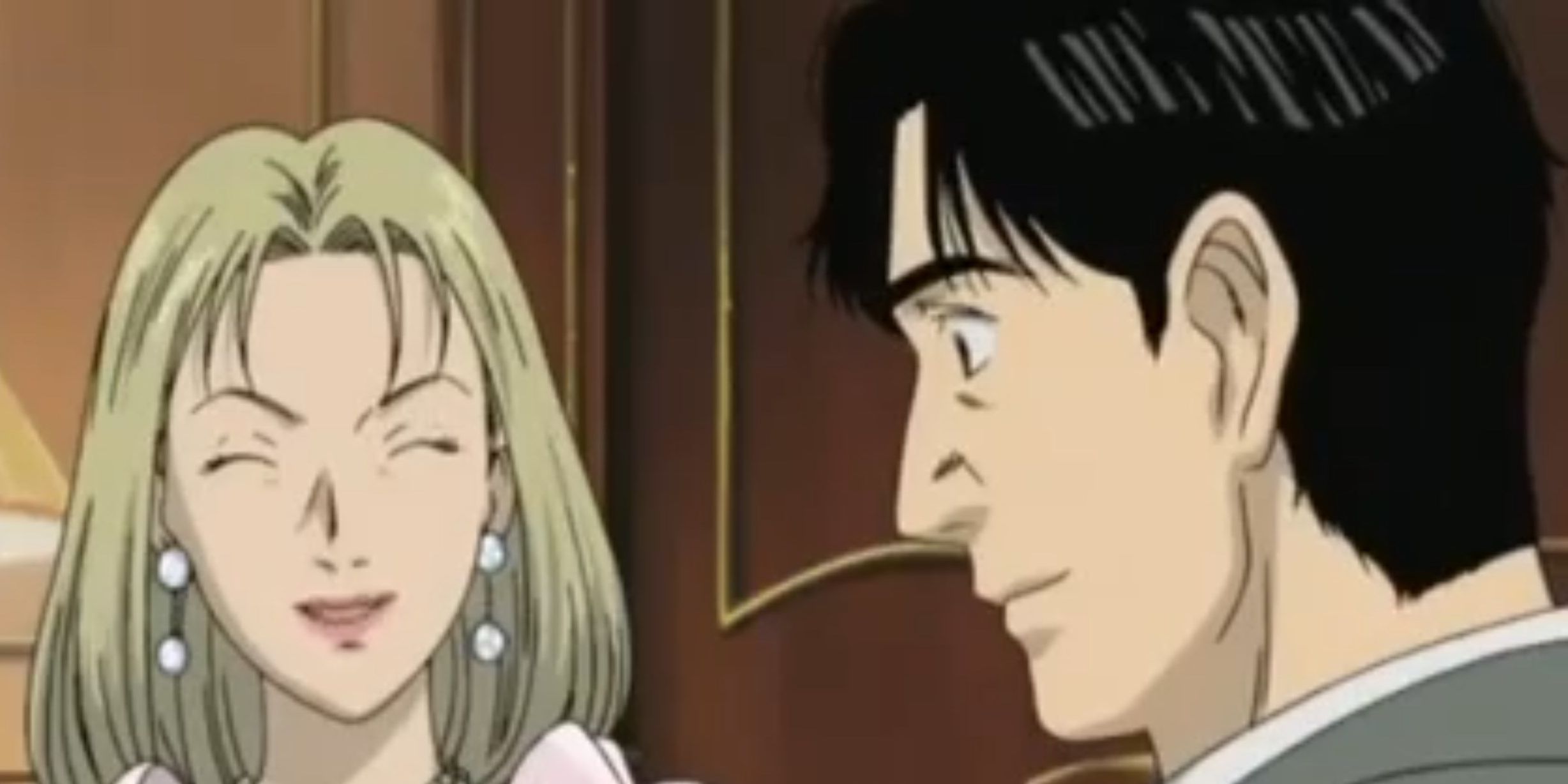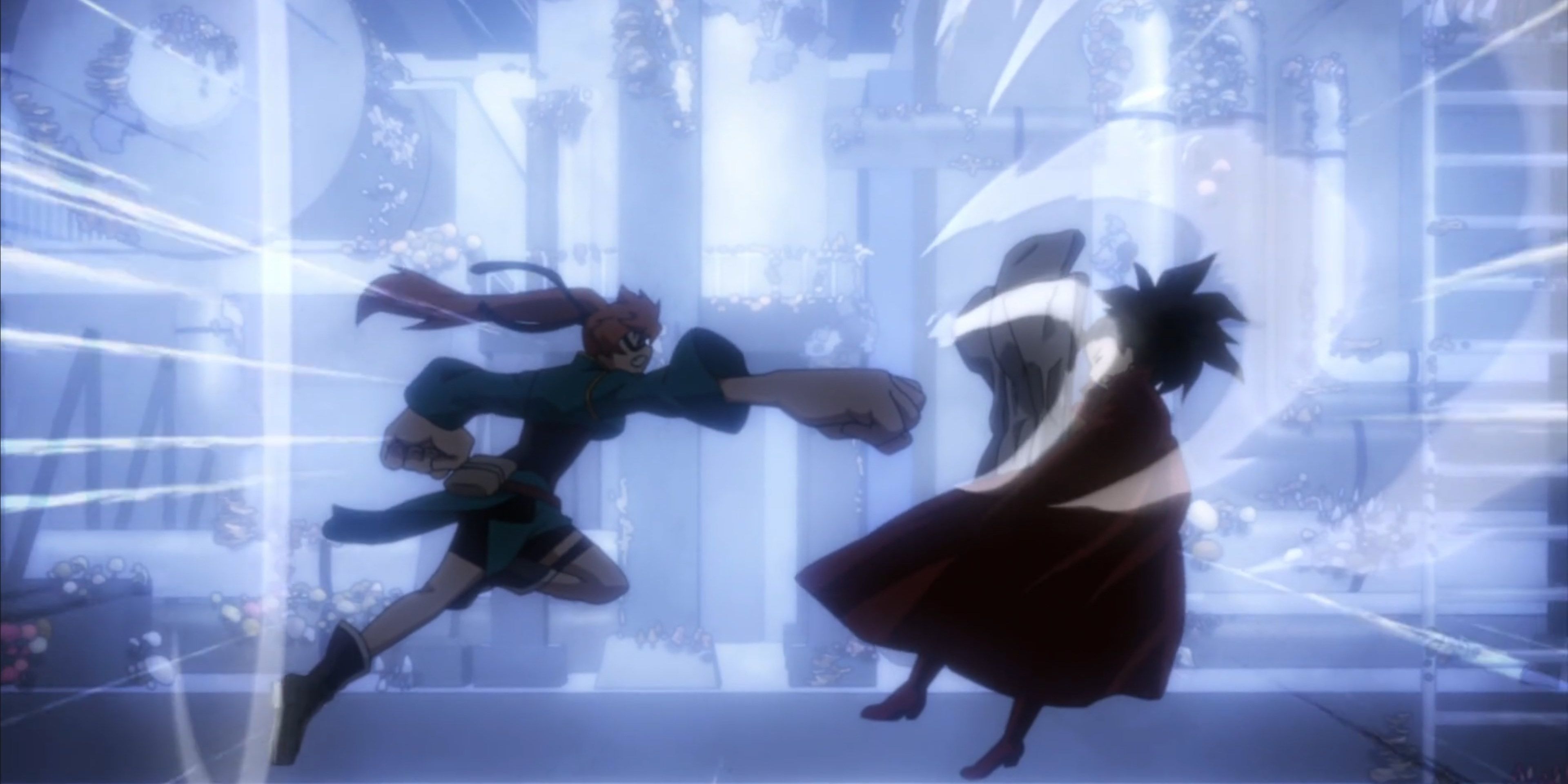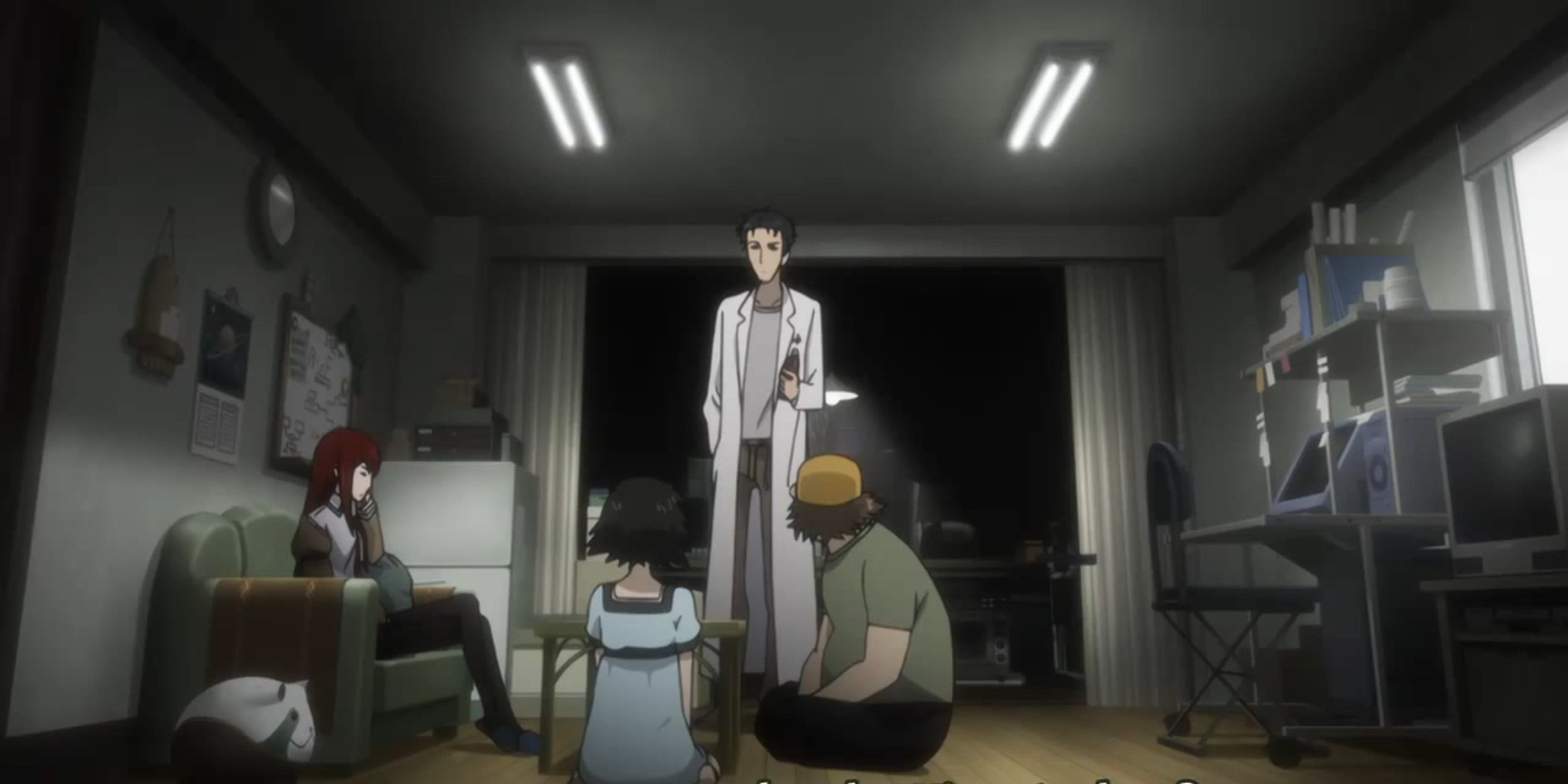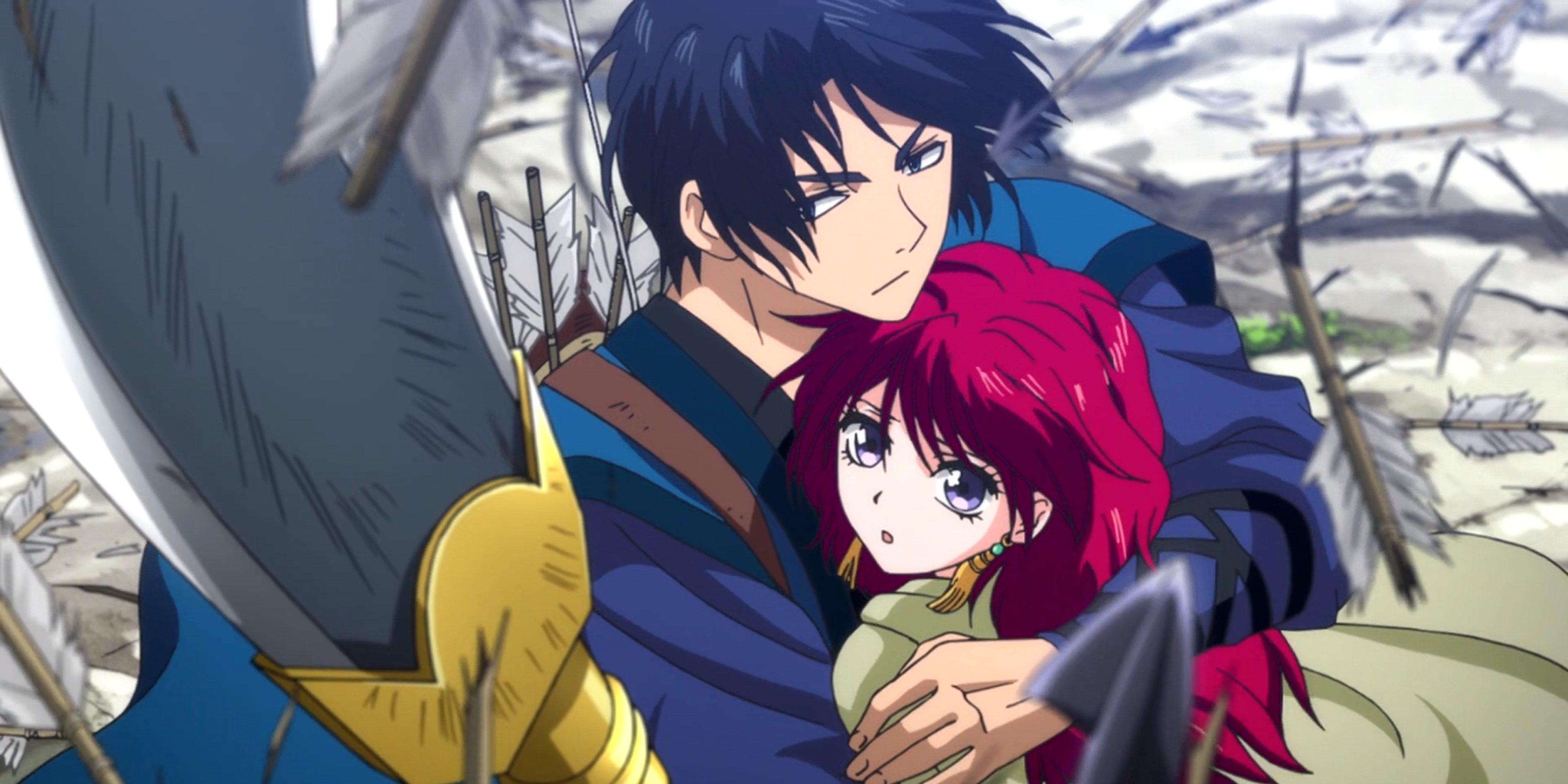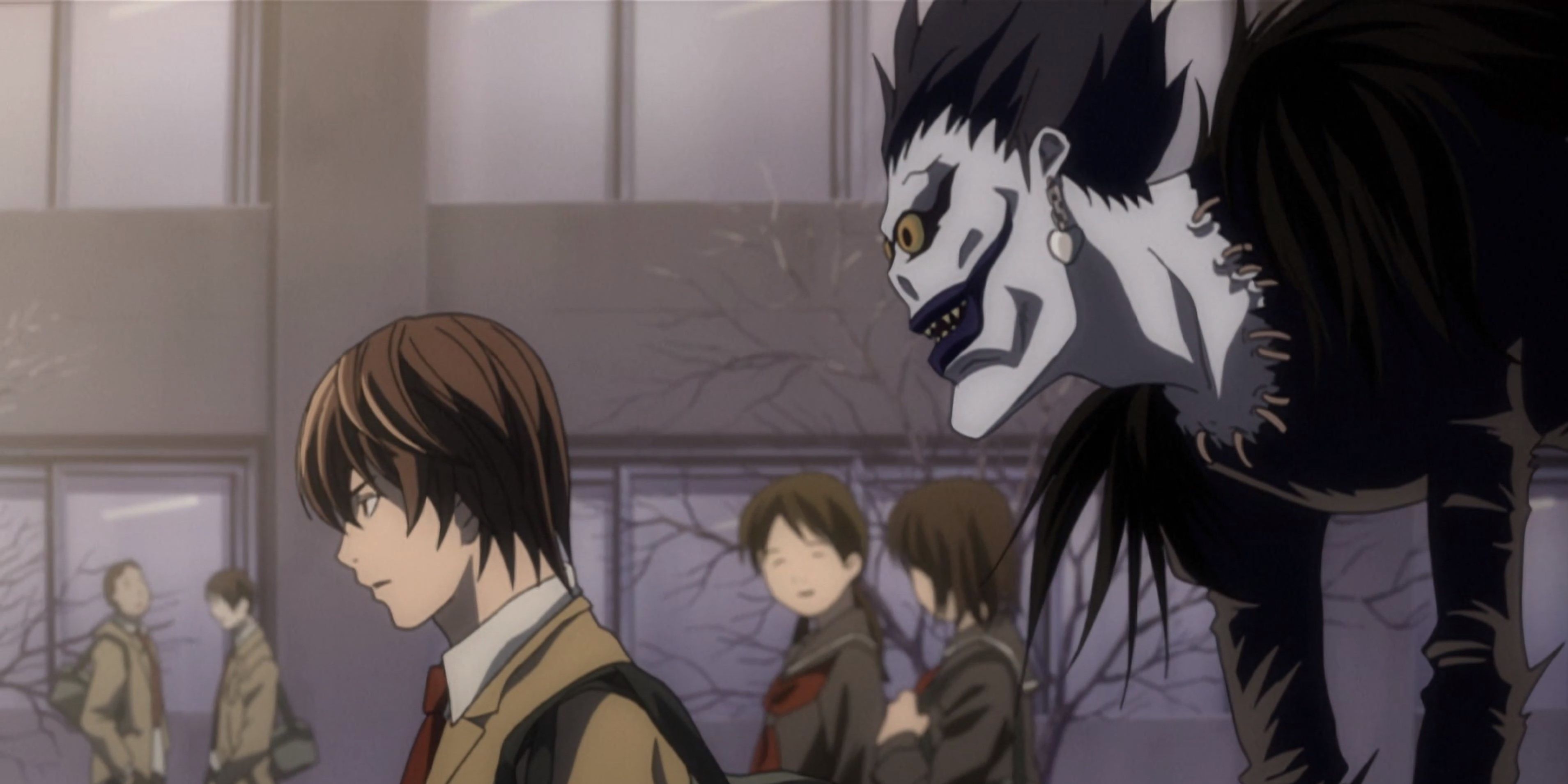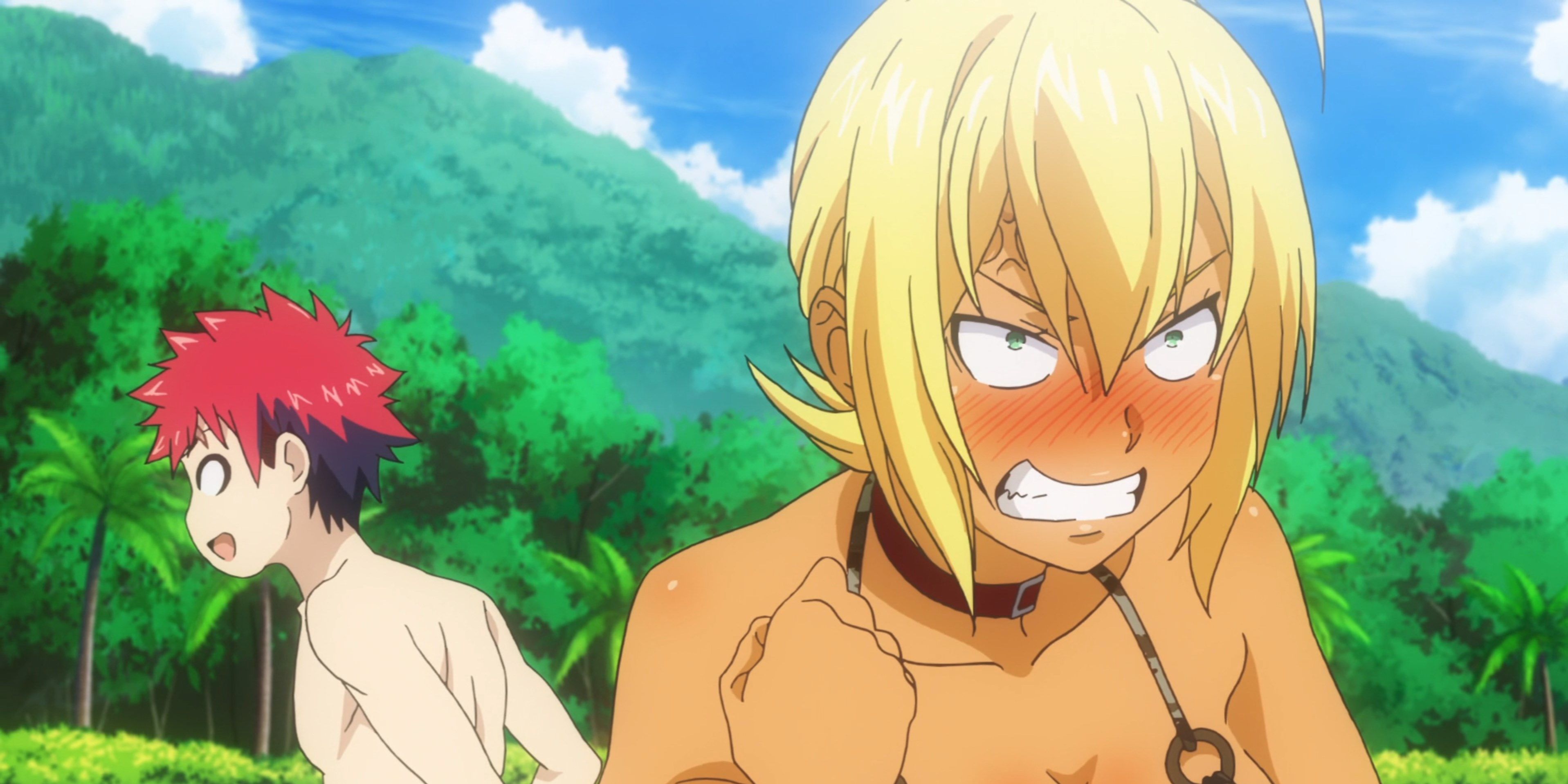Something that may come as a surprise to new viewers of anime is that the majority of works are derivative of light novels, manga, manhwa, or visual novels that have been available for months to years prior before receiving an adaptation. Oftentimes, the source material simply acts as a reference to go off, with the finished product not always reflecting the original all that well.
This is not always the case, though, with some anime studios going out of their way to follow the original material as closely as possible and bring it to the small or big screen across the world. As a result, some anime are pretty much 1:1 translations to their literary companions.
10 Fate/Stay Night & Its Visual Novel
Fate/Stay Night is one of the biggest heavy hitters still around today. Fate alongside Tsukihime helped to propel Type-Moon into the giant behemoth that it is now. Originally, the series started as an eroge visual novel back in 2004, with three different routes - the Fate route, the Unlimited Blade Works route, and the Heaven's Feel route. As of August 2020, all three routes have been adapted into anime, with the first route, Fate, airing in 2006 and animated by Studio Deen. The other two routes, Unlimited Blade Works and Heaven's Feel, have both been under the Ufotable umbrella. All three adaptions have been faithfully recreated from the visual novel.
9 The Melancholy Of Haruhi Suzumiya & The Light Novels
While not nearly as celebrated in the West, The Melancholy of Haruhi Suzumiya nonetheless made absolute tidal waves in Japan and became a cultural icon. The famous "Hare Hare Yukai" dance, colloquially called the Haruhi dance, even made it to the CPDRC dancing inmate program, where inmates of the Cebu max security prison dance to pop culture songs. Originally a light novel written by Nagaru Tanigawa in 2003, Kyoto Animation did the work for the anime adaptation of Haruhi in 2006 and did a miraculous job in keeping faithful to the source material. Right from the very first episode, viewers could take dialog from the show and find it within the first volume of the light novel.
8 One-Punch Man & Its Web-Manga
Thanks to a remarkable fan reception, One-Punch Man is a near household name for those who are into anime or manga. Quite possibly the strongest hero in all of anime, Saitama is a fan favorite who should be around for a long time to come.
One-Punch Man had its start as an online web manga created by ONE and eventually was redrawn by Yusuke Murata and picked up by the animation studio Madhouse. Nearly a 1:1 adaptation, viewers don't need to fear if they are missing out on something by not reading the manga and only watching the anime. Scenes look like they are plucked directly from the panels of the manga itself.
7 JoJo's Bizzare Adventure & Its Manga
Loved by nearly everyone, JoJo's Bizzare Adventure has a gripping story, a fresh storyline, new protagonists every few seasons, and a unique art design to boot. JoJo also has something else going for them behind the scenes, though, that the casual viewer wouldn't know. JoJo was originally a manga created by Hirohiko Araki in 1987, before being adapted into an anime by A.P.P.P. in 1993. The series, both the manga and the anime, is still going strong to this day with the anime following the original source material closely.
6 Monster & Its Manga
Monster is a hidden gem that is treasured by those who manage to stumble across it. The story is dark and gripping, and the characters are complex and human in a way that few anime have managed to accomplish. Anyone who loves crime, drama, or thrillers should definitely check out the manga or anime. Note that potential newcomers to the series do not need to consume both forms of media since Madhouse (who also worked on One-Punch Man) did a wonderful job recreating the manga for a digital viewing experience.
5 My Hero Academia & Its Manga
Lately, in pop culture, superheroes have been making their rounds again in popularity with the success of the epic Marvel Cinematic Universe, Amazon's The Boys and Invincible, and Netflix's Jupiter's Legacy. My Hero demonstrates just how enthusiastic people are for superheroes by the sheer amount of fans who swear by it, some even calling it one of the new Big 5.
Created by Kohei Horikoshi in 2014, My Hero Academia is the latest franchise on this list and one of the most critically acclaimed at that. Studio Bones released the first episode of the anime in 2016 and kept the author's original vision intact as much as possible.
4 Steins;Gate & Its Visual Novel
Steins;Gate originally began as a visual novel developed by 5pb and Nitroplus, following the story of Rintaro trying to prevent his friend Mayuri's death, only to later spiral into a wider scope involving time travel and alternative universes. The studio in charge of creating the anime, White Fox, aired the first episode in 2011 and was also in charge of animating the second season of the show, Steins;Gate 0, in 2018. Much to fans' pleasure, White Fox did not alter anything scenes that were shown from Steins;Gate but had to regrettably leave certain things out given the episode constraints and the sheer length of the visual novel.
3 Yona Of The Dawn & Its Manga
Yona of The Dawn, animated by Pierrot and aired in 2014, is a story about a princess who lost her kingdom and journeys across the land to build an army to take back her throne with the help of the Wind Clan. The source material for the show, a shojo manga, was created by Mizuho Kusanagi and published in 2009. Pierrot did an excellent job in creating an almost one-to-one rebuild of the show and captures the original intent of the manga, translating it perfectly to the screen.
2 Death Note & Its Manga
Death Note has been around for a while and naturally has a good amount of adaptations about its story across multiple mediums, from live-action movies and a miniseries to the actual anime done by the veteran animation studio, Madhouse. The original story, though, came in the form of a manga created by Tsugumi Ohba and Takeshi Obata back in 2003. While there are degrees of accuracy across the different takes on Death Note, the anime done by Madhouse, once again, is spot-on with the manga.
1 Food Wars! & Its Manga
Food Wars! or Shokugeki no Souma should be a familiar name for anime fans by now. With five seasons under its belt, many have seen all of the delicious food and the salacious pleasure derived from a good meal for a few years now. What some don't know, however, is that Food Wars! was actually a manga before its anime adaption by J.C. Staff. Created by Yuto Tsukuda and Shun Saeki in 2012, the Food Wars! manga ended after seven years in 2019. The anime is pretty much exactly the same as the manga, just in a visual format.

